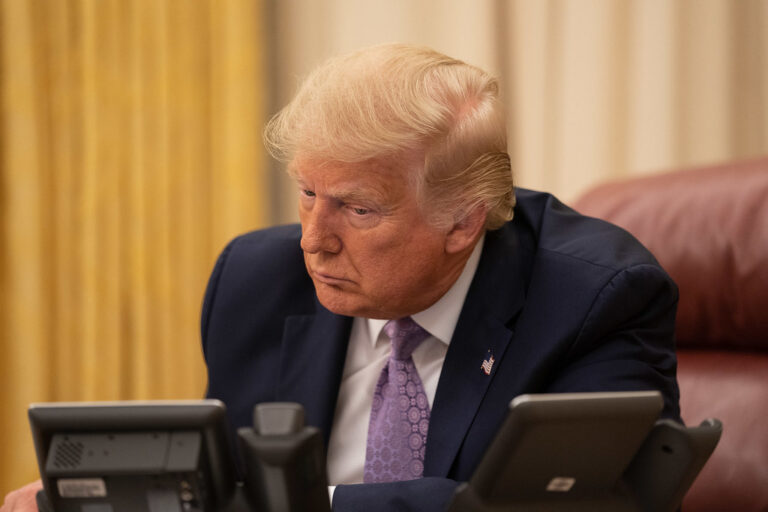Key Takeaways
- A legal analyst spotted a major flaw in the indictment against Attorney General Letitia James.
- The flaw, called an indictment omission, may weaken the case.
- The omission involves a rider that lets property owners rent their homes.
- Critics say the indictment never proves a rental agreement existed.
- This gap could shape the trial’s outcome.
Indictment Omission Raises Major Questions
Prosecutors accuse New York Attorney General Letitia James of lying to get a lower mortgage rate. However, a legal expert says they left out a key fact. This indictment omission could harm the government’s argument. As a result, the case faces new uncertainty.
Background of the Case
In 2024, prosecutors charged James with misrepresenting her property’s use. They claim she hid plans to rent out her home. That move allegedly saved her nearly nineteen thousand dollars in interest. In reality, James let her niece live in the house. Nonetheless, indictments focus on renting, not on family stays.
Moreover, this case comes from U.S. Attorney Lindsey Halligan. She filed the charges last month. Her team points to federal rules against renting without permission. Yet, the original mortgage rider from 2019 clearly allows some rentals. Therefore, experts now question the strength of the charges.
What Is the Indictment Omission?
Legal analyst Liz Dye reviewed the indictment on her “Legal Eagle” show. She found the so-called indictment omission. Specifically, the filing never says James signed a rental agreement. Instead, it only states she “rented it out.” These two ideas differ under mortgage rules.
Furthermore, the mortgage rider approved by lender Fannie Mae allows owners to rent their homes. It bars only formal timeshares or management companies. Therefore, simply letting a relative stay does not break the rule. Yet, prosecutors never address this rider in the indictment.
Why It Matters
First, the indictment must prove every element of the alleged crime. Without showing that James made a rental contract, the case may collapse. Additionally, defense lawyers will highlight this gap in court. They can argue the government ignored key evidence.
In addition, public trust in the legal system depends on fair and complete filings. When prosecutors omit crucial facts, it raises doubts. Consequently, people may question the motives behind the charges. This issue can affect voter opinions and James’s political future.
The Core Keyword and Its Role
The phrase indictment omission sums up the main problem. It reminds readers of the missing detail in the case. Moreover, it boosts search visibility for news sites and blogs. By stressing indictment omission, this article answers common queries.
What Comes Next
James’s legal team will likely file a motion to dismiss or narrow the charges. They can cite the indictment omission as a reason to drop the case. If the judge agrees, prosecutors must either fix the filing or abandon the charge. Otherwise, the case may never reach trial.
Meanwhile, Halligan’s office must decide whether to appeal or amend the indictment. They could add language about the rental rider. However, doing so might expose other weaknesses. As a result, prosecutors face a tough choice.
Future observers will track how the court handles this gap. The outcome could set a precedent. After all, every criminal case depends on complete and precise indictments. This moment may prompt more scrutiny of future filings.
FAQs
What exactly is an indictment omission?
An indictment omission happens when prosecutors leave out a key fact or element in their charges. This gap can weaken the government’s case.
Why does the rental rider matter?
The rider from the mortgage lender allows certain rentals, like family stays. Since James’s niece lived there, it may not violate any rules.
How could this affect the trial?
Defense lawyers will point to the indictment omission to argue for dismissal. If the judge sees the flaw, charges might be dropped.
What’s next for Attorney General James?
Her team will ask the court to dismiss or change the indictment. Meanwhile, prosecutors must decide whether to amend their case or move on.










